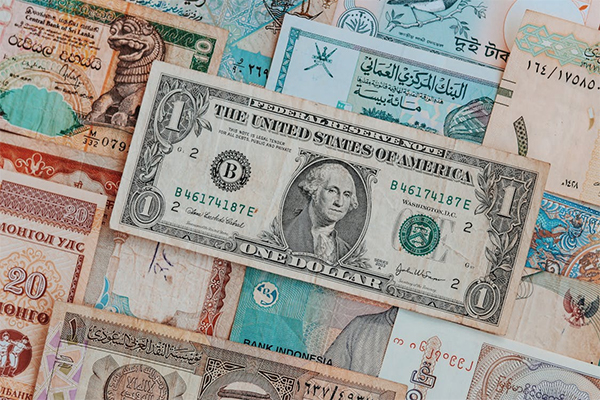Understanding Currency Hedging: Protecting Your Investments from Exchange Rate Fluctuations
For those negotiating the complexity of global markets, a key tactic is currency hedging. Investors can properly protect their portfolios against erratic currency swings that might affect returns by using different financial instruments. This strategy not only improves financial stability but also makes more wise decisions possible for foreign investments. Anyone trying to minimize the risks connected to currency volatility and maximize their investing results must first grasp the nuances of hedging techniques.
The Basics of Currency Hedging
Investors use a financial tactic called “currency hedging” to reduce the risk connected with swings in exchange rates. Investors can lock in currency rates for future transactions by employing several instruments like forward contracts, options, and swaps, therefore shielding their portfolios from negative changes. Those with foreign investments or companies running across boundaries especially benefit from this strategy. Effective management of possible losses and guarantee that currency volatility does not compromise general investment performance depend on an awareness of the mechanisms behind these tools. Hedging done correctly might offer a safety net in an erratic financial terrain.
Types of Currency Hedging Instruments
There are several tools meant for currency hedging, each with different uses. By allowing investors to choose an exchange rate for a future date, forward contracts give certainty against market swings. Options provide flexibility by allowing one to swap currencies at a set rate, so providing the right rather than the obligation. For long-term exposure, currency swaps let principle and interest payments be exchanged in other currencies. Futures contracts also offer standardized agreements, much like forwards but exchanged on exchanges. Choosing the suitable approach depending on personal risk tolerance and investment objectives depends on an awareness of these instruments.
Factors to Consider When Implementing Currency Hedging
The success of a currency hedging approach is influenced by several main elements. First, as this defines the degree of hedging required, knowledge of the particular exposure to foreign currencies is absolutely vital. The appropriate instruments are also much influenced by market conditions including volatility and interest rates. Time is of the essence; hedging too early or too late could cause lost possibilities or pointless expenses. Furthermore under consideration should be the expenses related to other hedging tools, like spreads in forward contracts or option premiums. The general hedging strategy will be guided by an investor’s risk tolerance and investment horizon at last.
Benefits and Risks of Currency Hedging
Using currency hedging has many benefits, one of which is protection against negative exchange rate swings, therefore stabilizing cash flows and improving financial predictability. More strategic decisions are made possible by investors protecting their returns and reducing possible losses from currency volatility. Still, this strategy carries some hazards. Hedging instruments can cause earnings to be eroded; incorrect execution might cause over-hedging or under-hedging, therefore exposing investors to unanticipated risk. Furthermore fast changes in market conditions could make hedging techniques useless. Making wise selections in money management depends on a complete awareness of both advantages and drawbacks.
Investors trying to negotiate the complexity of foreign markets depend critically on currency hedging. Different hedging tools help investors to properly control their exposure to currency swings, therefore improving their capacity for wise financial decisions. Nevertheless, the success of these approaches depends on thorough knowledge of market dynamics and rigorous evaluation of personal risk profiles. In the end, a well-organized hedging technique may be a great addition to a strong investment plan since it helps investors to concentrate on long-term objectives and reduces the influence of currency fluctuation.
Photo Attribution:
1st & featured image by https://www.pexels.com/photo/rolled-20-u-s-dollar-bill-164527/
2nd image by https://www.pexels.com/photo/collection-of-banknotes-with-dollar-bill-on-top-4025825/


